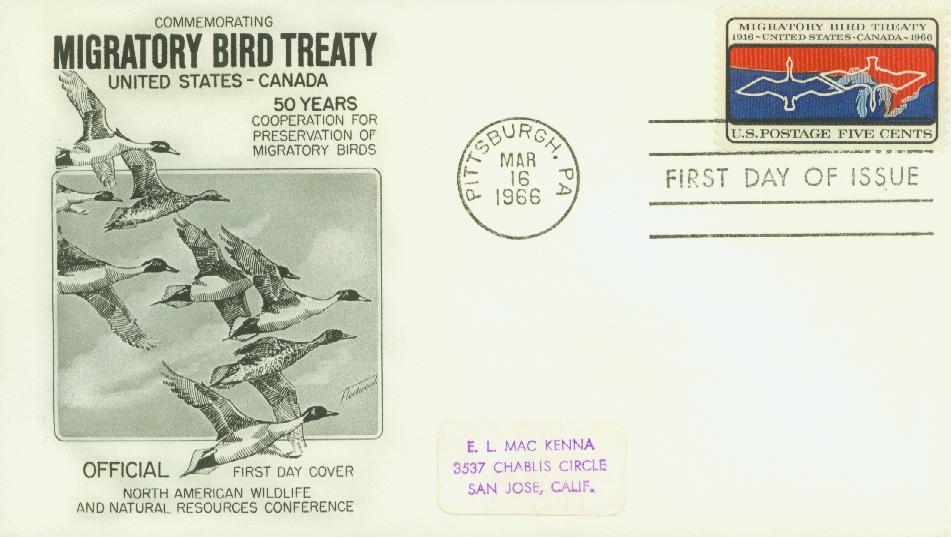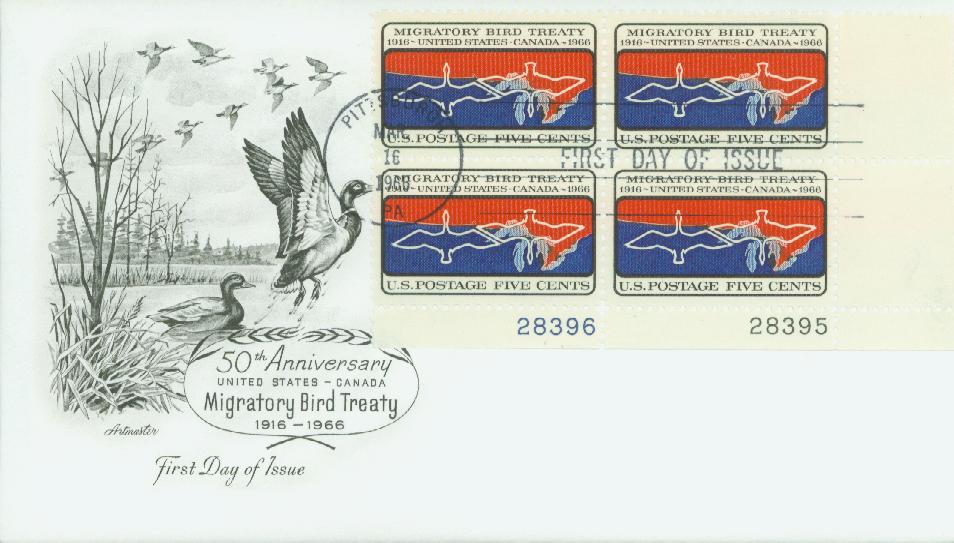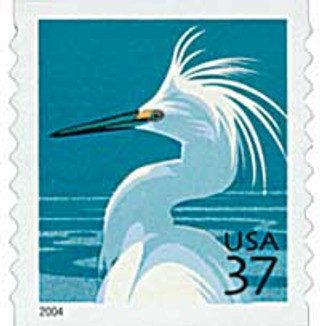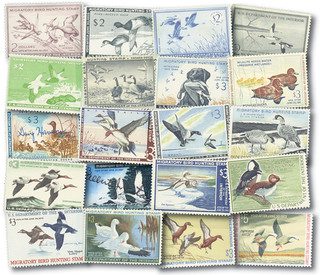On August 16, 1916, the US and Canada signed the first Migratory Bird Treaty to protect the birds that live in both nations.
In the early 1900s, the conservation movement was on the rise. At this time, several different bird species were in danger due to the commercial trade of birds and their feathers. Additionally, their habitats were in danger because of unregulated harvesting.
Then in 1914, the passenger pigeon, which once numbered three to five billion in North America, went extinct when the last bird died in a Cincinnati zoo. This led people in the US and Canada to call for greater protection of our birds. Representatives from both nations met and recognized the need to work together to protect the birds that crossed or lived along their shared borders.
On August 16, 1916, the US and Great Britain (on behalf of Canada) signed the first Migratory Bird Treaty. In Canada, it was known as a Convention. This was the first international agreement that protected wild birds and one of the first that protected wildlife species.
The treaty went into effect on December 6, 1916. It stated that “The United States of America and His Majesty the King of the United Kingdom of Great Britain and Ireland and of the British Dominions beyond the seas, Emperor of India, being desirous of saving from indiscriminate slaughter and of insuring the preservation of such migratory birds as are either useful to man or are harmless, have resolved to adopt some uniform system of protection which shall effectively accomplish such objects…”
The treaty was a major stepping-stone to both nations taking notable actions to protect migratory birds. In 1917, Canada passed the Migratory Birds Convention Act, which includes regulations that protect migratory birds, their eggs, and nests from hunting and sale. It also requires a permit for any of these actions.
In the US, the Migratory Bird Treaty Act of 1918 was passed to meet America’s portion of the agreement. The act makes it illegal to “pursue, hunt, take, capture, kill, or sell birds listed therein as migratory birds.” It also gives full protection to any part of the birds listed, including feathers, eggs, and nests. The entire list features over 800 species of migratory birds.
Over the years, the US and Canada have amended their respective acts to provide further protections. They have also entered into similar treaties with other nations including Mexico, Japan, and Russia. Over the century these treaties have been in effect, several species have been saved from extinction including the Snowy Egret, Wood Duck, and Sandhill Crane.
America’s Migratory Bird Hunting Stamps have also aided in protecting many of these species. You can learn more about that program and its stamps here.
Click here for lots more bird stamps.
Click here to discover more about these treaties and the birds they protect.
| FREE printable This Day in History album pages Download a PDF of today’s article. Get a binder or other supplies to create your This Day in History album. |
Discover what else happened on This Day in History.








A great step forward for the protection of birds in particular and wildlife in general. Much more needs to be done as we face climate change and damage to the environment due to human activities.